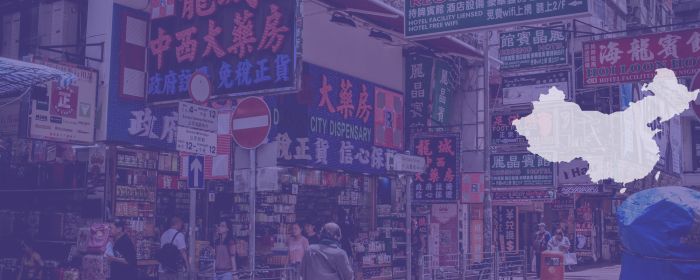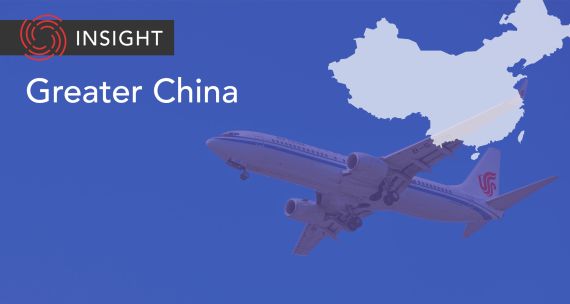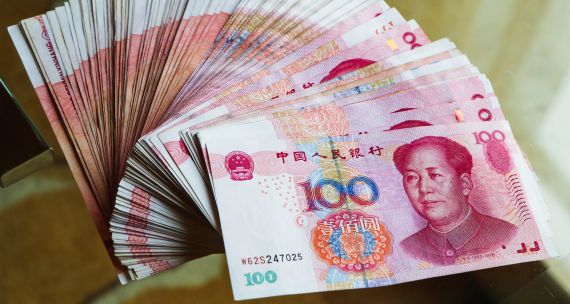The Takeaway
Hong Kong’s long-awaited tourism recovery has not gone smoothly. As most of the world, including mainland China, reopened in 2022, the economically strained global hub is struggling to lure travellers. Despite government incentives and consumption-boosting measures, tourists are flocking to other attractive Asian destinations while high interest rates, COVID-19 testing requirements, and political uncertainties continue to blight a post-National Security Law (NSL) Hong Kong.
In Brief
Hong Kong economists predicted recently a 10 to 15 per cent year-on-year rebound in retail sales during the first quarter of 2023. Expectations for consumption are conservative across various tourism-related sectors, as more people are now departing Hong Kong than entering. According to calculations by Hong Kong-based South China Morning Post based on government data, the city saw a total outflow of 793,823 people between January 18 and 24, while total inflow was 455,853. Most of those who entered were Hong Kong residents. By contrast, an average of 218,852 people entered Hong Kong daily in January 2019, and 81.7 per cent of them were mainlanders.
The anticipated surge of mainland Chinese visitors has not materialized in Hong Kong. Despite China’s complete reopening in early January and the resumption of traffic across the Hong Kong-Shenzhen border, mainland tourists still only make up a small portion of arrivals. On January 21, the first day of Chinese New Year holidays on the mainland, only 20.2 per cent of the 49,207 people arriving in Hong Kong came from mainland China. Chinese travellers, usually eager to enjoy Hong Kong’s cultural sites and indulge in the city’s tax-free shopping, are not returning in droves.
Implications
Hong Kong’s tourism slump throughout the Chinese New Year holidays is symptomatic of the city’s underwhelming post-pandemic economic recovery. Industry experts state that high interest rates and a weakened Chinese yuan are some of the major factors deterring mainland tourists and contributing to the city’s sluggish retail environment. Hong Kong’s larger economic struggle was also evident in the poor trade figures in December 2022, when it witnessed the biggest monthly drop in goods exports in 68 years.
Hong Kong authorities have unveiled a range of local- and tourist-targeted incentives to spur consumption. Between 2021 and 2022, the government distributed C$1,697 (HK$10,000) per person in consumption vouchers to residents. The Hong Kong Tourism Board, which earmarked C$17.9 million (HK$100 million) for tourism promotion in 2022, rolled out spending vouchers for visitors during the Chinese New Year and will be giving out 1 million more. Hong Kong Chief Executive John Lee confirmed the plan to distribute 500,000 free plane tickets between March and September 2023 for tourists in Southeast Asia, then mainland China and Northeast Asia, to visit Hong Kong. The Hong Kong government has also invested heavily in attractions. Both the M+ Museum, a highly anticipated modern art museum with a reported price tag of over C$1 billion (HK$5.9 billion), and the Hong Kong Palace Museum opened during the pandemic. Both openings attracted global attention despite concerns of censorship.
The fact that these ambitious and costly measures have not led to a tourism recovery is, in part, explained by the rise of alternative destinations in Asia. Macau, which dropped testing requirements for mainland Chinese arrivals, welcomed an average of 51,000 visitors a day between January 21 and 23, with more than 94 per cent coming from mainland China and Hong Kong. New duty-free shopping malls in Hainan, as part of the Hainan Free Trade Zone, are also luring mainland tourists away from Hong Kong. Total transaction volumes at Hainan’s 12 duty-free shopping centres reached C$332.9 million (1.69 billion yuan) during the Chinese New Year holidays, growing 325 per cent above volumes from the same period in 2019. Hong Kong is also competing for tourists with other appealing Asian destinations which have recently reopened, including Japan with its vibrant travel options.
What's Next
- Uncertainty ahead as talent exodus hobbles growth
The number of tourism-sector workers in Hong Kong fell 98.6 per cent between 2018 and 2021. The city, while lacking visitors, is struggling to staff the very sites and services that tourists seek out. The emigration wave, which saw 113,200 people leave Hong Kong between mid-2021 and mid-2022, further weakens the city’s economic competitiveness. As borders reopen, the exodus shows no sign of slowing.
- Cultural diplomacy abroad faces criticism
Hong Kong Economic and Trade Offices (HKETOs), which are de facto diplomatic missions for the city, have organized high-profile cultural events abroad aimed at boosting the city’s global standing and attractiveness. Institutions in Western countries, however, are increasingly scrutinizing their relationships with HKETOs, as exiled activists accuse them of whitewashing Beijing’s activities in Hong Kong. The Smithsonian’s National Museum of Asian Art cut its longstanding partnership with the HKETO in Washington, D.C., in January 2023.
- Legacy of 2019 taints Hong Kong’s reputation
Nearly four years after massive pro-democracy protests roiled the city and three years after the implementation of the NSL, contentious politics continue to envelop cultural and economic life in Hong Kong. Tourism is not spared, either: pro-establishment visitors, especially among mainland Chinese, are disenchanted by the city’s instability, while others are deterred by the erosion of free expression and openness.
• Produced by CAST’s Greater China team: Maya Liu (Program Manager); Liam Lau (Analyst); and Irene Zhang (Analyst).




